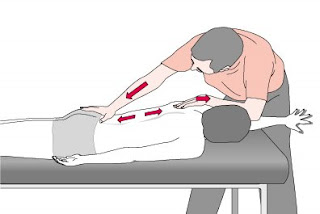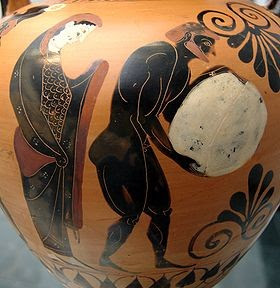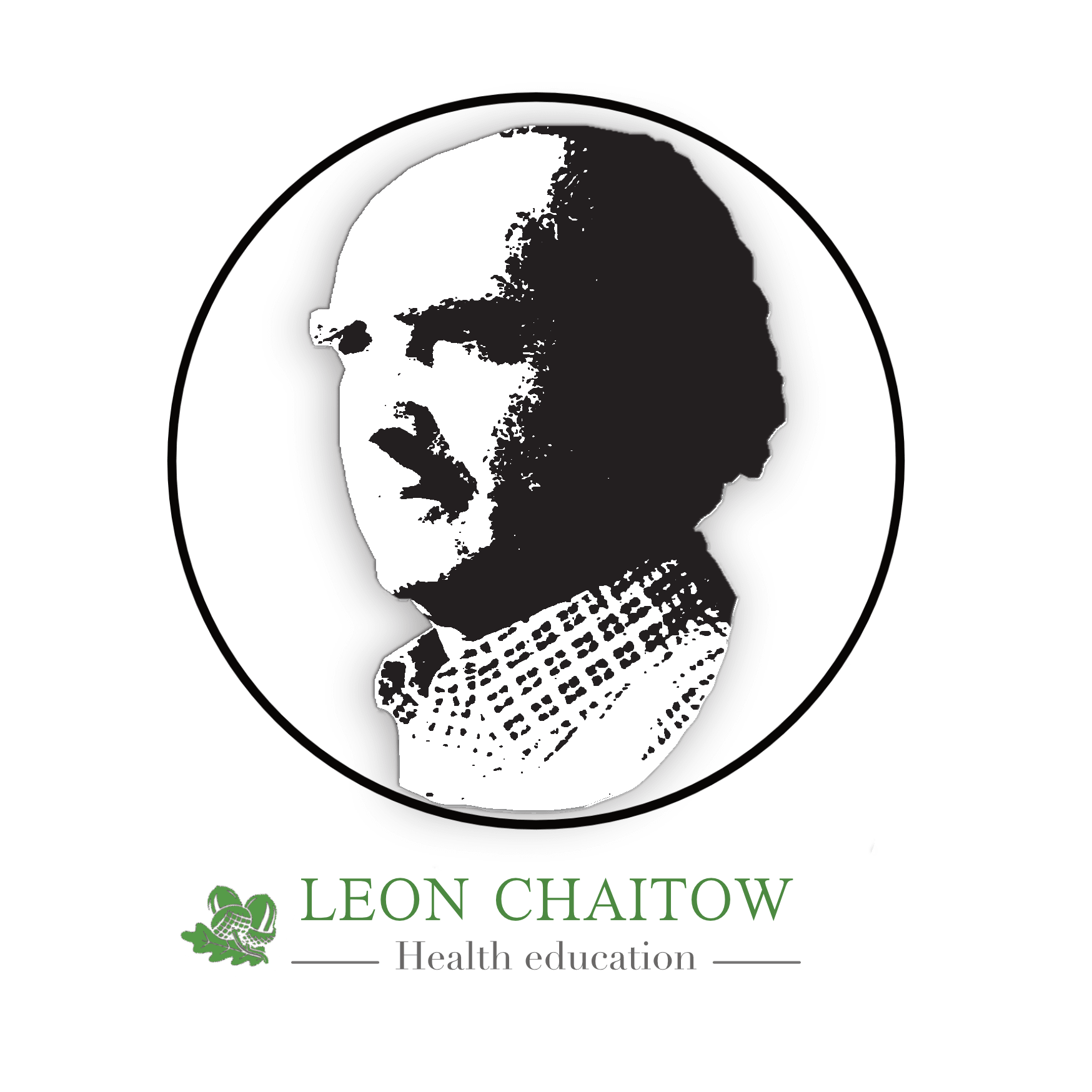


Above: Myofascial release of the thoracic fascia. Redrawn from Lewit (1996)
Above Right: Connective Tissue Zones (after Ebner) [ from Modern Neuromuscular techniques]
On the Right: Persephone supervising Sisyphus in the Underworld)
This is one of the blissfully quiet periods in my working life – a hiatus between a heavy duty round of teaching, towards the end of 2008, and the start of another hectic sequence of workshops and lectures, starting late in February.
I emphasise the word quiet because when we are in Corfu, the peaceful and harmonious routine allows me to get on with writing, revising, editing, relatively undisturbed, for many hours each day…as I slowly nibble away at the mountain of tasks that await attention in my ‘In’ tray – so to speak.
I wont bore you with the details of this Sisyphean but rewarding series of challenges, and will instead list some of the ‘new’ (or rediscovered) snippets of information that have emerged over the past few days during my three current major tasks:
- The start-up stage of coediting and part writing a new textbook on Practical Physical medicine Approaches to Chronic Pelvic Pain (CPP)
- Revision for a 3rd edition of Modern Neuromuscular Techniques (MNMT)
- The ongoing saga of editing The Journal of Bodywork & Movement Therapies (JBMT)
In no particular order, these are some of the pieces of useful – to me at any rate – information from the current work. I hope they are of interest?
- Many years ago a Scandinavian patient first introduced me to the Mensendieck exercise and body mechanics concepts. This week when communicating with prospective authors for chapters in the CPP book, this subject came up again. It seems that Mensendieck is a much used protocol in treatment of these chronic pain and dysfunction conditions. For example a paper by Haugstad and colleagues, published in 2008 in the highly respected American Journal of Obstetrics & Gynecology, concluded that “Mensendieck somatocognitive therapy combined with standard gynecologic care improves psychological distress, pain experience, and motor functions of women with chronic pelvic pain better than gynecologic treatment alone. The effect lasted and even further improvement occurred 9 months after treatment” So that’s another area to explore, if chronic pain, of any sort, is in your area of interest.
- Another topic that represents a ‘blast from the past’ is that of Connective Tissue Massage, now mysteriously re-titled Connective Tissue Manipulation (but both abbreviated as CTM). As with so many aspects of life a synchronicity factor was at play here. In my revision of MNMT, I was working through a chapter on associated modalities, particularly ones that worked with reflexive approaches – treating one area to achieve changes somewhere else in the body. There are discussions and illustrations of CTM (German Bindegewebmassage) in several chapters in the book (see above), but some of the material required updating for the new edition……when, as cosmic forces would have it ….two of the authors of a section of the developing CPP book, contacted me about the usefulness of this very approach – CTM – in management of chronic pelvic symptoms. This caused me to revisit an article JBMT had published back in 2000, on this topic, which offered information I had forgotten (Holey E Connective tissue massage: a bridge between complementary and orthodox approaches Journal of Bodywork and Movement Therapies 4(1), 72-80), and some this will now find its way into the revised chapters….. another example of the web of interconnecting dots on this endless page.
- In the modalities chapter there is discussion of Muscle Energy Techniques, a key element of which involves stretching of shortened or restricted soft tissues after either isometric or isotonic contractions. For many years I have taught, as well as practised, a long-held stretch – 30 seconds or more, based on evidence that this length of time is required in static stretching in order to achieve any meaningful lengthening result. I have been aware that opinions differ – and that, for example, senior osteopathic authorities such as Philip Greenman, have long suggested that 5 seconds is an adequate stretch time. One of my slightly embarrassing tasks in that chapter has been revision of all references to 30 seconds, back to 5 …..based on a recent study that we published in JBMT, that compared ‘my’ recommendation, with Greenman’s. The result of the study was that there is no difference in long-term outcomes, and that 25 seconds of valuable clinical time can be saved with every stretch … because 5 seconds works just as well as 30! (Smith M Fryer G 2008 Comparison of two muscle energy techniques for increasing flexibility of the hamstring muscle group. Jnl. Bodywork & Movement Therapies 12(4):312-317)
- Staying with the stretching theme, in the revision process I came across a segment on myofascial release in need of updating. Now I was taught, and have long applied, the concept that having taken tissues to their end of range – for example in a cross handed bilateral stretch (see illustration above), that as the tissues slowly release, this should be accompanied by a slow increase in the force applied, to encourage further stretch to occur. Not so says research by Chaudhry et al (2007) if we wish to avoid tissue damage – again published in JBMT. This study concluded that: “In order to achieve a viscoelastic deformation, during manual intervention, without causing tissue damage, it is suggested that there should be no slow increase in the applied force. Rather it is recommended that a fairly constant force be maintained, for up to 60 seconds, in order to allow for a plastic stress relaxation response of the tissue.” (Chaudhry H et al 2007 Viscoelastic behavior of human fasciae under extension in manual therapy Jnl. Bodywork & Movement Therapies 11(2):159-167)
….and so the revision continues, a process of reading everything in the present edition, and constantly revising any areas in need of updating.
But today…with snow still falling in the UK, the world economy in free-fall, and 10 days before I need to get back to London, and with bright sunshine forecast for Corfu, it’s into the garden for me, to browse slowly through a three day-old newspaper, lulled by birdsong and the periodic deep-throated croaking of amorous frogs in the Mediterranean oaks, and with spring already evident in the plants…..bliss.
